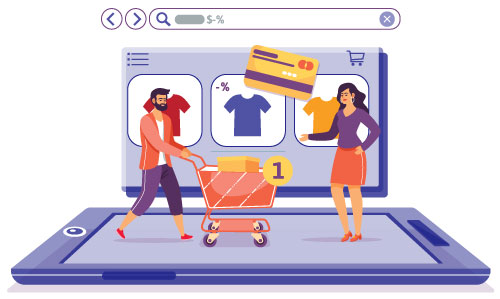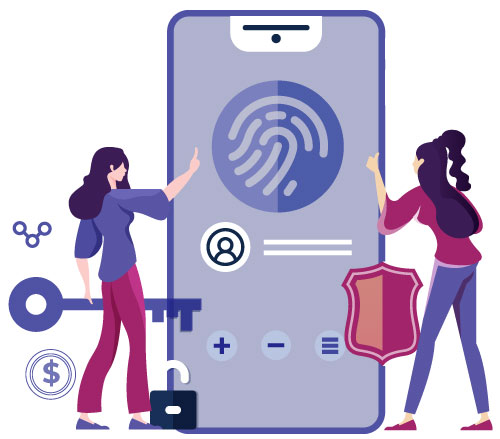Lyle & Scott has developed a reputation globally for unique, beautifully designed, high-quality knitwear, combined with the brand’s reliable authority and presence in the golfing sector. The company is obliged to develop new and exciting products, making them available to customers across various channels. The Lyle & Scott website now retails in over 50 countries worldwide, making eCommerce one of the significant segments of the company’s sales structure. This case study shows how they increased the essential revenue per visitor KPIs by following the Ecommerce CRO process.
CRO project background and objectives

Lyle & Scott’s aim was to improve the conversion rate of the website. The eCommerce team wanted to expand online sales by boosting revenue per customer. The eCommerce team has created an extensive customer database. It was already mining the data, optimizing it by building new segments, but felt the room to advance once those customers reached the website. After a rigorous selection method, Lyle & Scott chose a conversion rate optimization project. The objectives of companies were as follows:
- To convert more consumers online
- To improve average order value To deliver 20% online sales uplift
Furthermore, these objectives got to be delivered while considering the established Lyle and Scott brand guidelines and dealing with a busy and stretched e-commerce team.
CRO Implementation
There was a 5 step implementation policy for CRO. A proven methodology created by the company that includes five key stages: a tool set up, diagnostic, triage, optimization plan, and creative execution. As a full-service conversion optimization and analytics company. It handled the project in its entirety, developing a complete test plan – including hypotheses, wireframes, graphic design, copy, and web development. Very little input was needed from Lyle & Scott throughout the process.
Stage 1 – Funnel analysis and tool set up

Each time a customer attempts to purchase on the website, there are several steps they want to take to fulfil the order. Marketing Automation Funnels helped to see these methods easily by giving a visual representation of the conversion data between each step. It analyzed 6.8m user sessions and segmented up to 53m data points. It gave them an in-depth knowledge of visitor flow through the site, especially looking at the difference in behaviour between people who bought and those who didn’t—the analysis allowed to:
Discover what steps were causing customer trouble or problems.
Highlight any bugs, browser issues, and other technical issues. Determine what research would be needed to understand why visitors were dropping out of the sales process.
Stage 2 – Diagnostic review of website

They used a range of voice-of-customer tools – including discussions with store managers, online surveys, and moderated usability testing. Exploring the psychology of a Lyle & Scott customer gave the team a far better understanding of why they weren’t converting.
As an established and globally recognized golf brand, the referral program drilled down on specifics, which included a review of golf club members chosen to test drive the site.
The outcomes revealed apparent differences between multi-buyers and one-time buyers. As a part of the deep-dive analysis, the team also visited Lyle & Scott’s London store to ascertain customer behaviour and managers’ discussions about perceived brand positioning. They wanted to understand why customers preferred Lyle & Scott over competing brands.
Stage 3 – Identification of conversion killers

The referral program uses the prioritization process (Triage) – to recognize the critical conversion of killers. These included a poorly converting category page with too many choices, the position of the search filters, a high checkout drop-off rate, and too little emphasis given to order-builders.
Stage 4 – Testing strategy

The team prioritized the various website sections for the first round of optimization. The data pointed to the category and basket pages being key optimization opportunities rather than the home page. Having gathered and compiled the information, the team made its recommendations. They then created an optimization plan that was agreed and signed off by the Lyle & Scott e-commerce team.
Stage 5 – Split testing

Before launching split-tests, the team got feedback from usability testers previously recruited within the diagnostic phase. This process enabled the team to collect necessary feedback on proposed wireframes and styles before launching their split-tests. Incoming traffic to the website was then distributed between the original site and the different variations without visitors knowing that they were part of an experiment.
Conclusion
They got the results they desired. They got a 20% gain in revenue per visitor and therefore got a chance to expand their customer base further. Case study on Lyle & Scott is a great example of marketing.
















